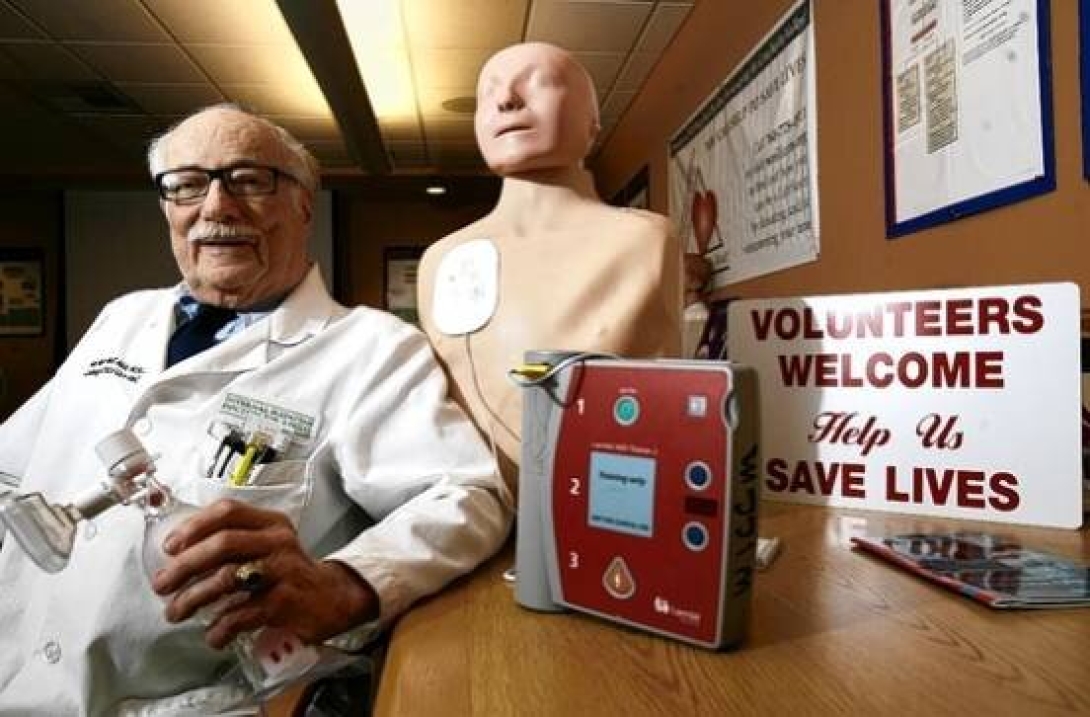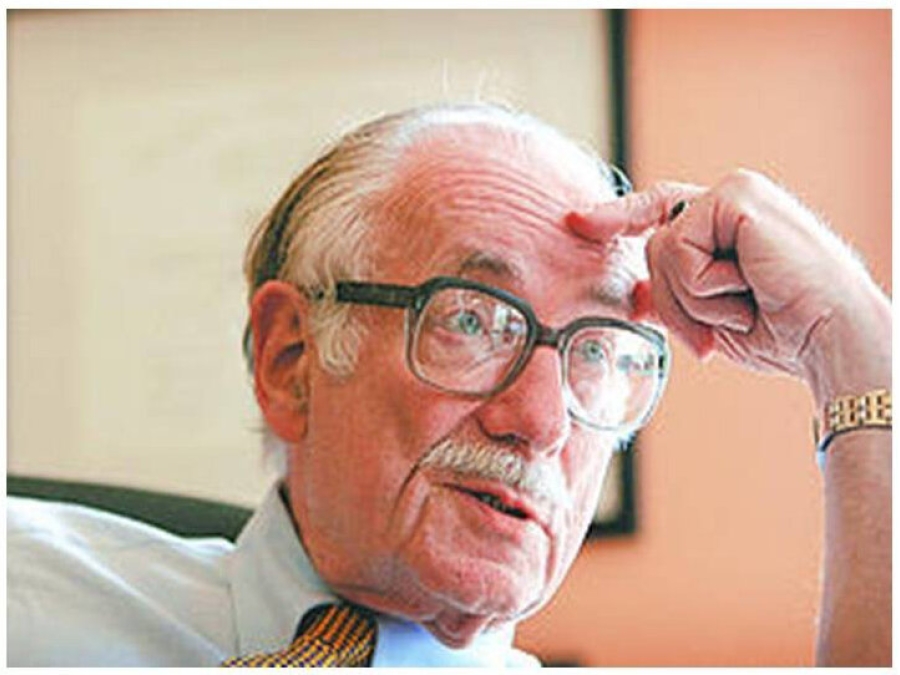
Physician, Professor, Pioneer

In 1958 at the University of Southern California (USC), Dr. Max Harry Weil and fellow cardiologist Dr. Herbert S. Shubin sought to answer a question that would forever change the way in which we deliver healthcare: why are some patients dying—especially at night—while recovering from a heart attack, surgery, or serious illness?
Before Weil’s tenure in the early ‘50s, critically ill and injured patients, as well as those who were recovering from surgery, were monitored much less closely than they are today. Many of these patients died, with doctors unaware that they had even begun to deteriorate. Dr. Weil and Shubin’s investigation led them to realize that if physicians had a special area in which they could monitor patients more intensely, they could make earlier diagnoses and interventions and save countless lives.
Weil and Shubin would go on to establish the Shock Ward at Los Angeles County-USC Medical Center, a unique intensive care space where patients could be looked after 24 hours a day. This would help lay the foundation for what we currently call intensive care units and the specialty of critical care medicine.
“Dr. Weil conceived of putting critically ill patients together in a single area where they could be tended by an interdisciplinary team of doctors, nurses, and other health professionals.”
It would be no exaggeration to refer to Dr. Weil as the father of critical care. A world renowned physician, and a teacher who trained and mentored thousands of doctors, nurses, and intensivists, Weil played such a major role in the field he helped develop that many of today’s strategies for the management of critically ill patients are built on foundations he and his colleagues put in place.
As a doctor, physiologist, and a professor in clinical biomedical engineering, Dr Weil combined medicine, physiology, pharmacology, biochemistry and bio-engineering for the benefit of the critically ill. In 1955, he was involved in the creation of the first bedside shock cart, a predecessor of today’s code or crash cart. He also was instrumental in introducing computerized patient monitors (1961), computer-aided medical decision-making (1976), and he implemented the first “STAT” laboratory (1981), which provided quick lab results for the evaluation and treatment of critically ill patients in the ICU. He advocated putting television cameras on medevac helicopters for remote diagnosis, teaching CPR to ordinary citizens, and putting automatic defibrillators in health clubs and on golf courses.
As an innovator and inventor, Dr. Weil owned more than 20 patents for medical equipment and devices he developed to help monitor and treat critically ill patients, including a resuscitation blanket, a capnometer for measuring severity of shock, and one of the first mechanical CPR devices.
In keeping with his tireless drive to save lives, Dr. Weil continued working up until shortly before his death in 2011 at age 84.
“My greatest joy has been an opportunity to set young physicians on the path of doing good medicine.”
